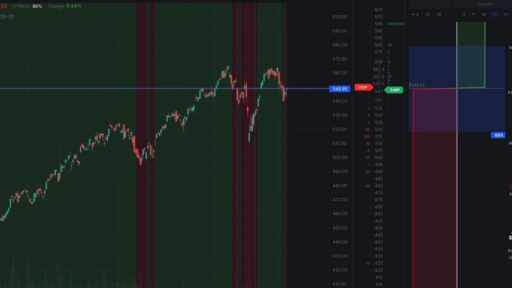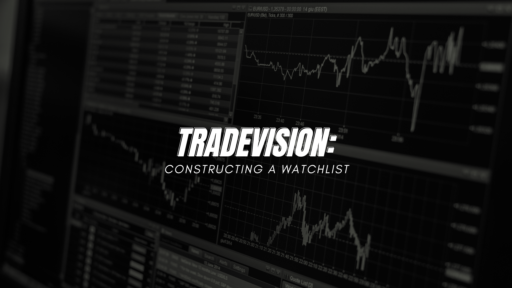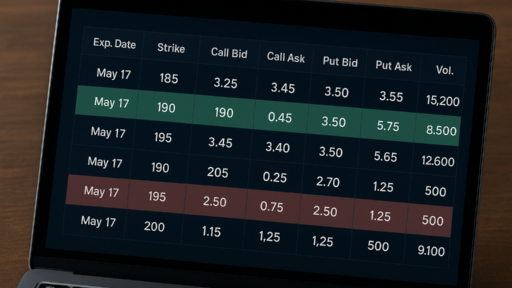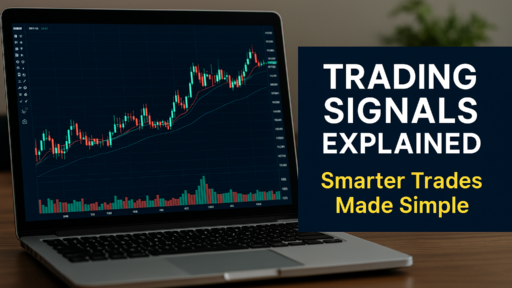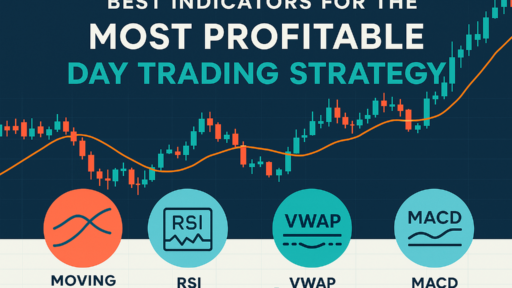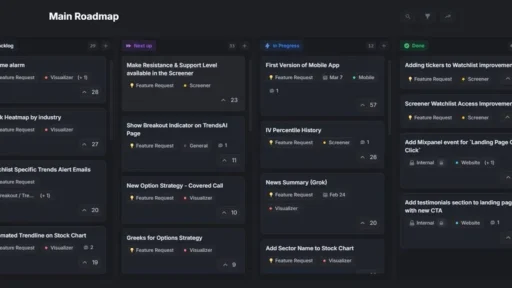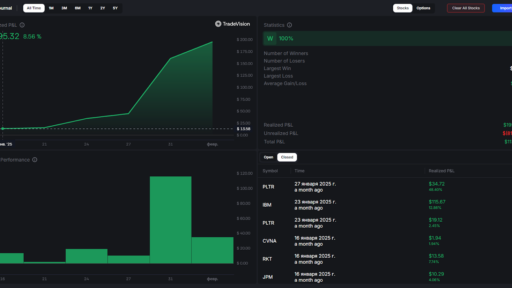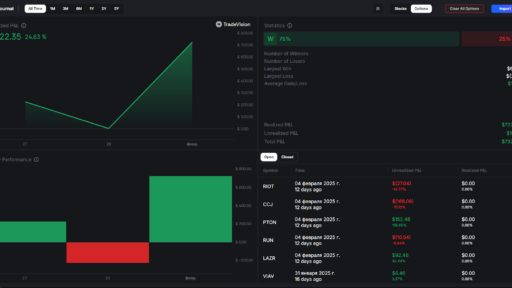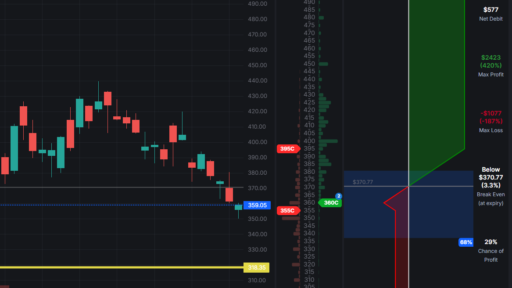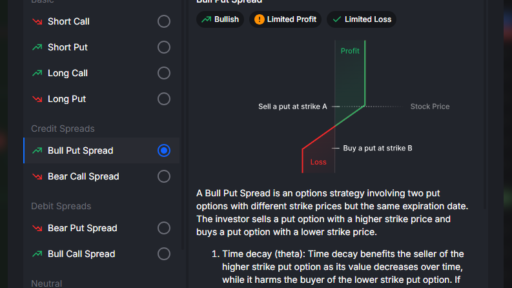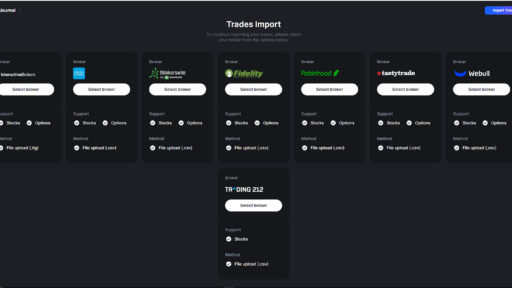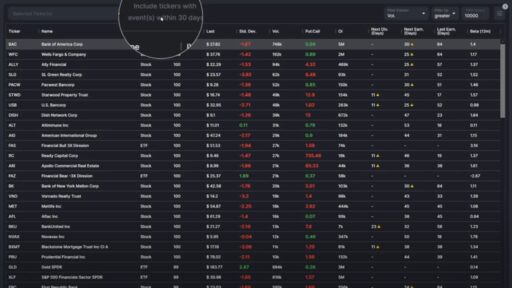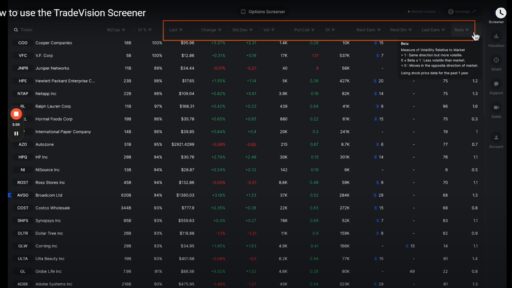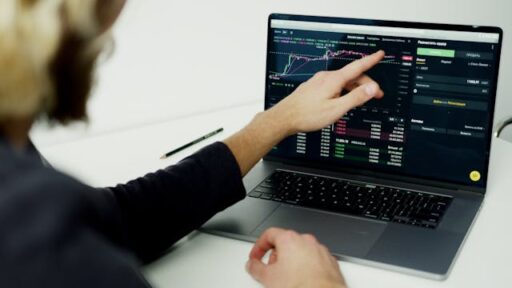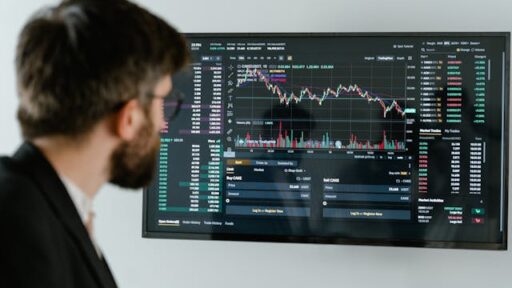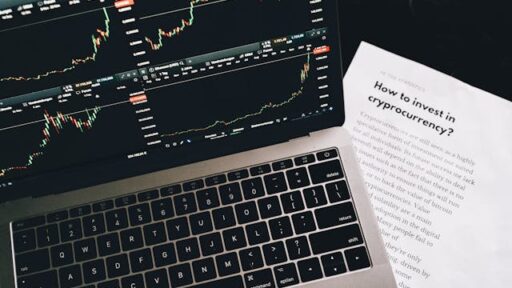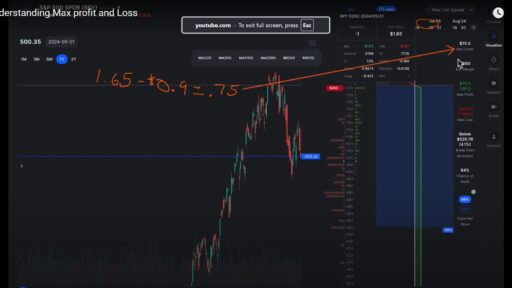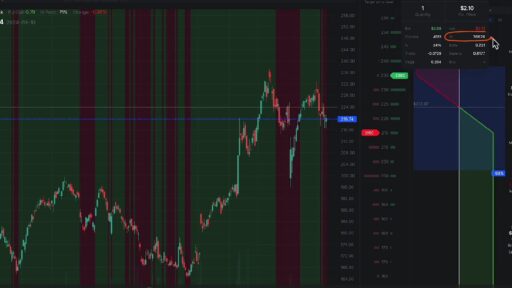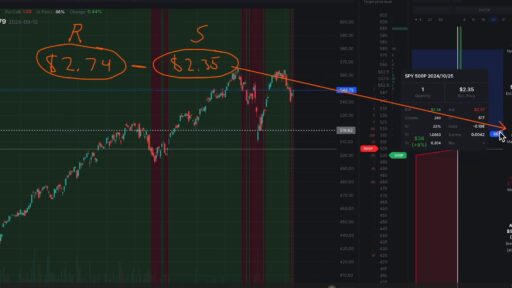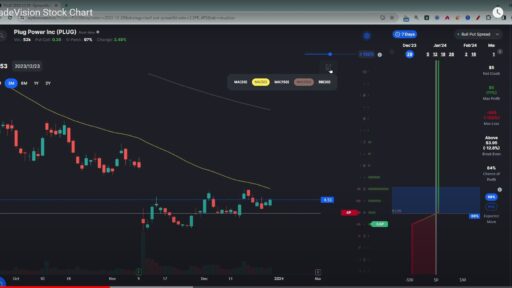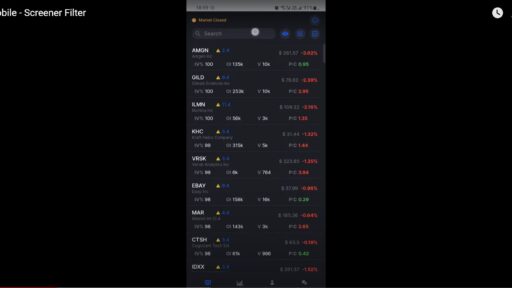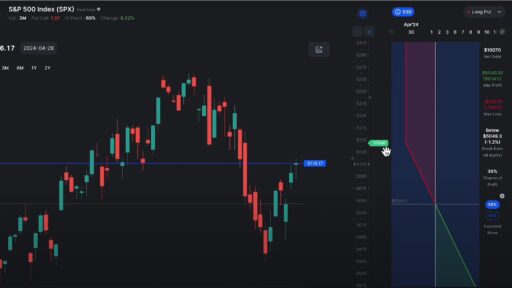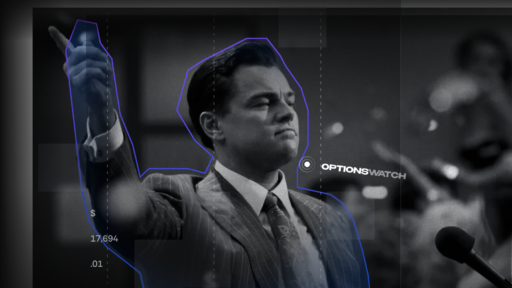Today, we’re diving into two powerful credit spreads that can significantly enhance your trading strategy: the bear call spread and the bull put spread. These spreads are invaluable for traders because they provide predefined risk and reward, which can make your trading decisions more strategic and less stressful. But before we get into the specifics of these spreads, it’s crucial to grasp the underlying mechanics of options trading, including the basics of long calls, long puts, short calls, and short puts.
The Basics of Options
Before we dive into the spreads, let’s quickly review the fundamental options concepts:
- Long Put: When you buy a put option, you’re betting that the underlying asset (like SPY, the S&P 500 ETF) will decline. For instance, if you purchase a $500 strike put, you profit as SPY’s price drops below $500 by expiration. The delta of the put option (in this example, -0.106) indicates how much the option’s price will change as the underlying price changes.
- Long Call: Conversely, a long call option profits when the underlying asset’s price rises. If you buy a $580 call while SPY is trading at $548.79, you profit if SPY climbs above $580. The delta here is positive (0.11), showing how the call’s value changes with the underlying price.
Constructing the Spreads
Bull Put Spread
A bull put spread involves selling a put option while simultaneously buying another put option at a lower strike price. Here’s a step-by-step guide on setting it up:
- Sell a Put Option: Suppose you sell a $505 put option. By selling this put, you collect a premium (e.g., $2.74). You believe SPY will stay above $505, so you keep this premium as profit if SPY remains above this level.
- Buy a Put Option for Protection: To mitigate potential losses, you buy a $500 put option. This costs you a premium (e.g., $2.35). If SPY falls below $505, this $500 put gains value, offsetting some of the losses from the put you sold.
- Calculate Net Credit and Risk: The difference between the premiums received and paid determines your net credit. In this case, it’s $2.74 – $2.35 = $0.39, or $39 per contract. Your maximum loss is calculated by subtracting this net credit from the spread width (the difference between the strike prices). For a $5 spread, your maximum loss is $5 – $0.39 = $4.61 per share, or $461 per contract.
Bear Call Spread
A bear call spread is essentially the opposite of the bull put spread. Here’s how to set it up:
- Sell a Call Option: Sell a call option with a higher strike price (e.g., $580). You collect a premium (e.g., $2.74), betting that SPY will not rise above this level.
- Buy a Call Option for Protection: Buy a call option with a higher strike price for protection (e.g., $585). This costs a premium (e.g., $2.35). If SPY rises above $580, this call option helps limit potential losses.
- Calculate Net Credit and Risk: The net credit is the premium received from selling the call minus the premium paid for the protective call. With the numbers above, your net credit is $0.39. The maximum loss is calculated similarly to the bull put spread: subtract the net credit from the difference in strike prices. For a $5 spread, the maximum loss is $5 – $0.39 = $4.61 per share, or $461 per contract.
Using Delta for Probability
Delta not only indicates how much the option’s price will change but also gives a rough estimate of the probability of the option being in the money at expiration. For instance, if the delta of a sold put option is 0.12, there’s approximately a 12% chance of it being in the money by expiration. This helps in selecting strike prices with a favorable probability for your strategy.
Conclusion
Bear call and bull put spreads are powerful tools for managing risk and reward in options trading. By understanding the mechanics of options and how to construct these spreads, you can create strategies that align with your market outlook and risk tolerance. Remember, these spreads pre-define both your potential profit and loss, making them a great addition to any trader’s toolkit.


